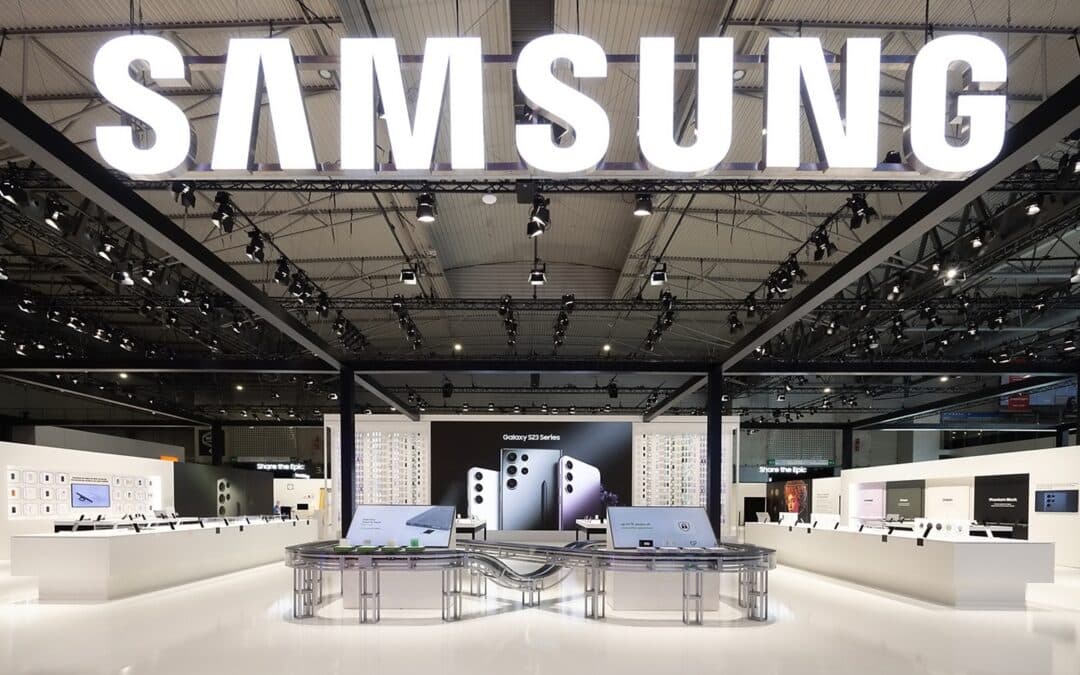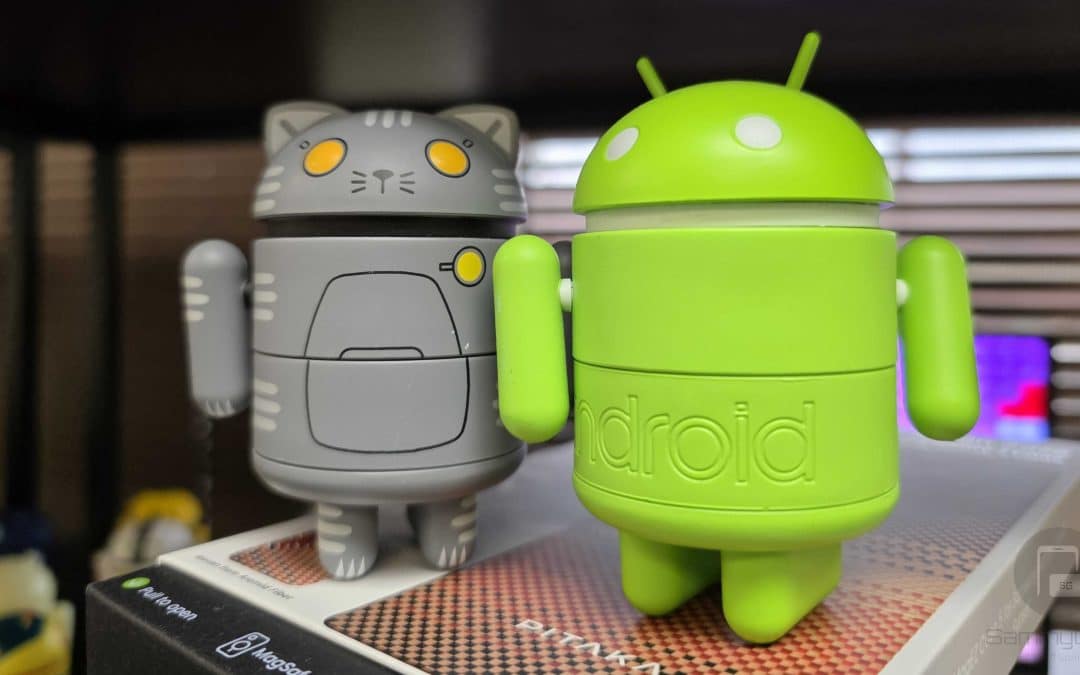A few days ago, we reported that Samsung Foundry may receive an order from Qualcomm, though the deal was unknown. Now it looks like we have the answer as a fresh report claims the Korean firm will produce Qualcomm’s Snapdragon XR2+ Gen 2 chipset using a 4nm process. If this report is accurate, it will be good news for the foundry division, as it’s struggling to recover its business. The XR2+ Gen 2 chipset could power the Samsung’s upcoming Android XR headset (Project Moohan).
Qualcomm chooses Samsung for its XR2+ Gen 2 chip production
According to a report from Korean outlet Sedaily, Samsung’s foundry division will produce Qualcomm’s application processor (AP) “XR2+ 2nd generation” using a 4nm node for use in Project Moohan. We know that Samsung’s MX division has collaborated with Qualcomm and Google to develop its XR headset. But this is the first time we have heard that the Korean firm’s foundry division is also involved indirectly in this project. After all, it will manufacture the brain behind the XR headset.

Back in January, Qualcomm announced its Snapdragon XR2+ Gen 2 chipset for XR headsets, including AR, VR, and MR devices. It supports 4.3K per eye resolution and 12 or more cameras simultaneously to give immersive mixed reality (MR) and virtual reality (VR) experiences. With on-device AI and special XR features, it enables new ways to interact. These include tracking hands, head, controllers, facial expressions, depth estimation, and 3D reconstruction.
Talking about Samsung’s XR headset, we’ve seen its prototype at the January Unpacked and MWC 2025. But most of what’s coming remain under wraps. Samsung plans to produce about 50,000 units in the second half of 2025, with a potential launch by the end of the year.
In addition to the headset, Samsung and Google are reportedly working on smart glasses, which could debut in 2026. Industry analysts believe Samsung’s Foundry division may see growth in the future if some developments happen in line. These include the smart glasses launch, own XR chip production, increasing demand for XR devices, and continued cooperation with Qualcomm.






